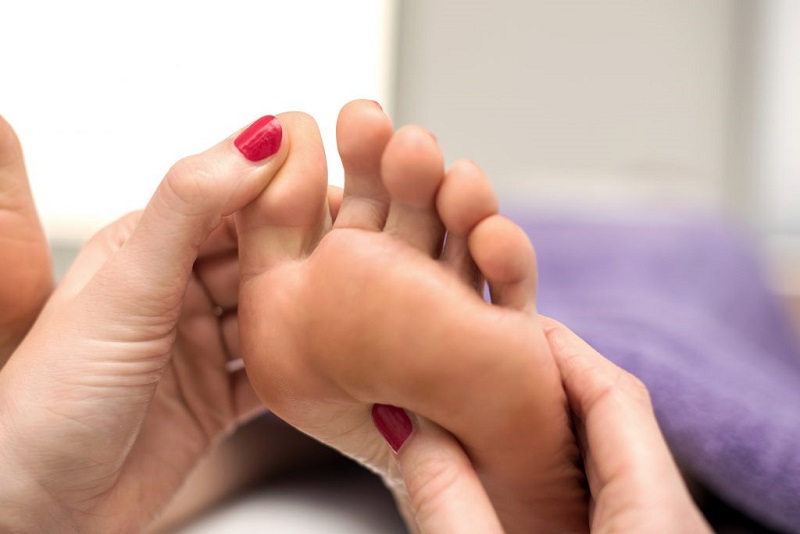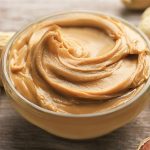The plantar massage is a technique through which acupressure is exercised on specific areas of feet. And hands considered reflex zones of organs, glands. And apparatuses, which are thus stimulated and benefit from an improvement in terms of energy and function.
It is a non-invasive therapy and does not involve the use of drugs: in the foot massage, the body’s self-healing process is activated, acting on its energy balance, performed through the manipulation. And microstimulation of precise points, located on hands, feet and sometimes even ears.
What is done with a Plantar massage
The purpose of the foot massage is both preventive. And diagnostic and therapeutic, in support of conventional therapies; it is used both for illnesses and for real pathologies: it prevents. And relieves painful states related to headache, dysmenorrhea (painful menstruation), back pain, joint pain. And digestive problems calm altered emotional states.
The origins of plantar massage and reflexology
The practice of plantar massage has very ancient origins: the first traces are found in China, where it was known as early as 4000 BC, but there are examples in every continent: in the “Tomb of the Medici” (2330 BC in Saqqara, Egypt ) a scene painted on the wall depicts the massage performed on hands and feet; also native Indians apparently used foot massage for therapeutic purposes, as well as some pre-Columbian civilizations.
But the plantar massage as it is known today is the result of a discovery initiated by a Swedish researcher, Pehr Henrik, who in 1834 noticed a relationship between pains present in certain organs and certain areas of the foot. In the 20s of the twentieth century William Fitzgerald, an American otolaryngologist, noted that, by pressing specific points on his hands and feet, he obtained an anesthetic effect that avoided the use of drugs; from this study started the physiotherapist, Eunice Ingham, to map in detail the reflex points of the entire human body on the areas of the foot. We owe the modern concept of foot reflexology.
The theoretical basis of plantar reflexology
The fundamentals of plantar reflexology attribute a correspondence between specific areas identified on the hands. And feet and related organs and apparatuses of the body; the organs and the apparatuses relate to each other by means of the nervous impulse produced by the compression exerted on these points and mediated by the brain. This action would produce an improvement in the symptomatic picture of acute and chronic disorders.
Although official medicine has a skeptical position towards this therapeutic practice. Considered to be without scientific evidence, a recent 3-year study, conducted by researchers at the University of Stirling, on patients both healthy. And with heart disease confirmed how the pressure on the areas of the foot corresponding to the heart. They caused functional effects on the heart of healthy patients. While sick patients received an effect of well-being and relaxation.
Other studies have linked the anti-pain therapy performed with TENS (transcutaneous electrical nerve stimulator) with plantar reflexology, which has been equally effective.
Indications and benefits of Plantar massage
In a typical plantar massage session, the reflexologist operator makes the patient lie down on a special bed with bare feet. And analyzes their shape, color, surface temperature, hardness. Or softness with their eyes and hands. of the epidermis, the presence of calluses and sensitivity to pressure. This first analysis is followed by a medical history interview, a diagnosis and therefore the treatment considered most suitable.
The plantar reflexology is indicated for states of diffuse pain in the musculoskeletal organs. And joints, for back pain and headache, abdominal and pre-menstrual pain; to relieve stress, nervousness, and psychological tension, in turn causing other ailments such as insomnia, gastric reflux, contractures.
Finally, foot massage is a safe practice, either alone or as an adjunct to conventional care. The only precautions are to avoid treatments. If you are pregnant or subject to deep vein thrombosis, circulation problems in the feet, gout, and mycosis.





Average Rating